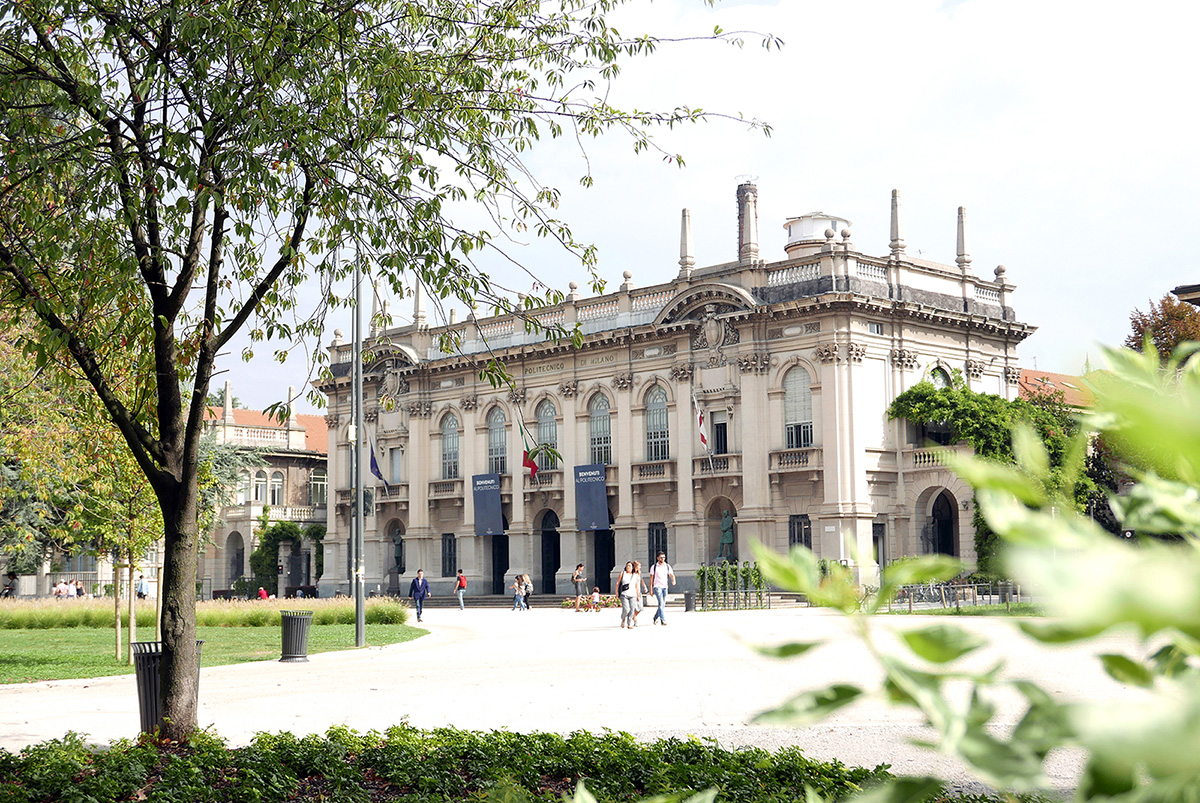Completion requirements
The course was moved
The course you are looking for has been moved due to a system renewal, but it is still available. Please try and search it on the “All courses” page!
